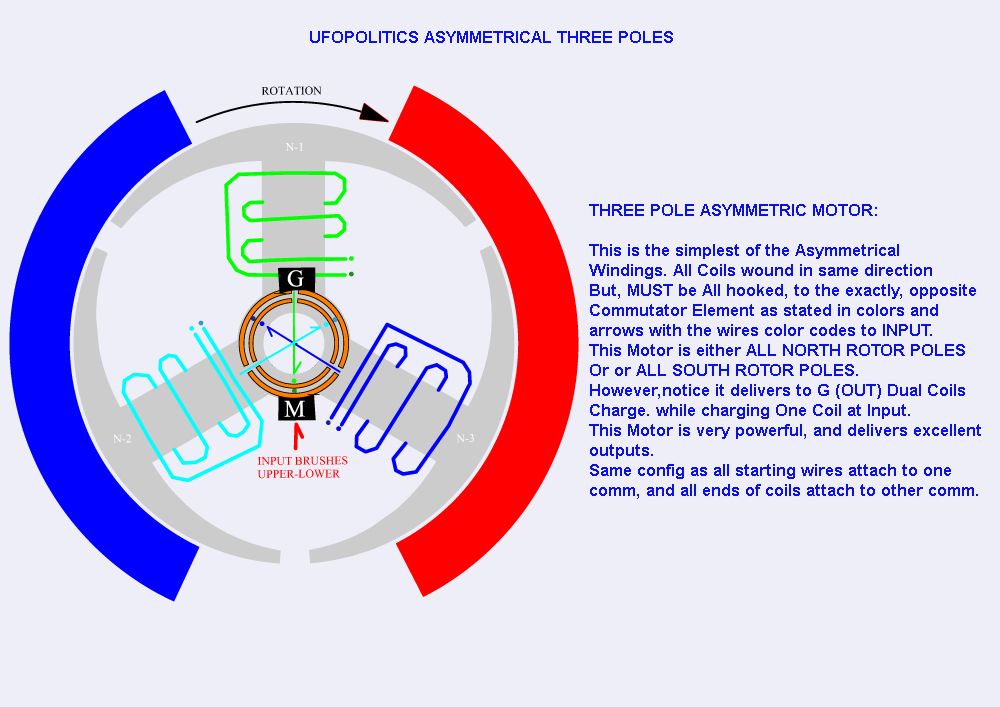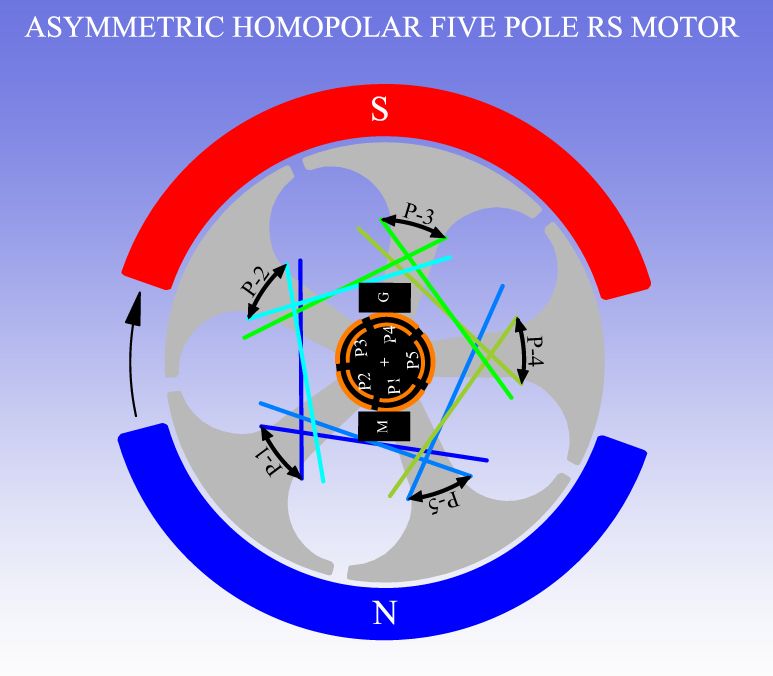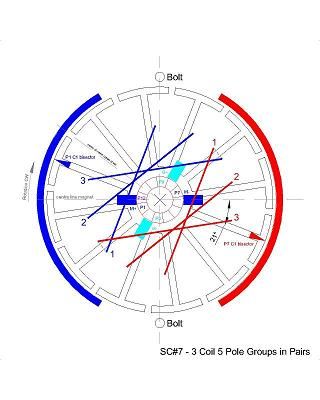OK.
A question to those that have undeniably invested heavily in this thread.
If my SC posts offend or detract from your work, please ask me to remove the SC work to my own thread.
Obviously Midaz has excluded himself from the vote on the basis that he has an interest in his A1MoGen.
Happy Hunting
mark
A question to those that have undeniably invested heavily in this thread.
If my SC posts offend or detract from your work, please ask me to remove the SC work to my own thread.
Obviously Midaz has excluded himself from the vote on the basis that he has an interest in his A1MoGen.
Happy Hunting
mark


 ..., and I have all drawings to follow up the winding method of your choice.
..., and I have all drawings to follow up the winding method of your choice. 


Comment